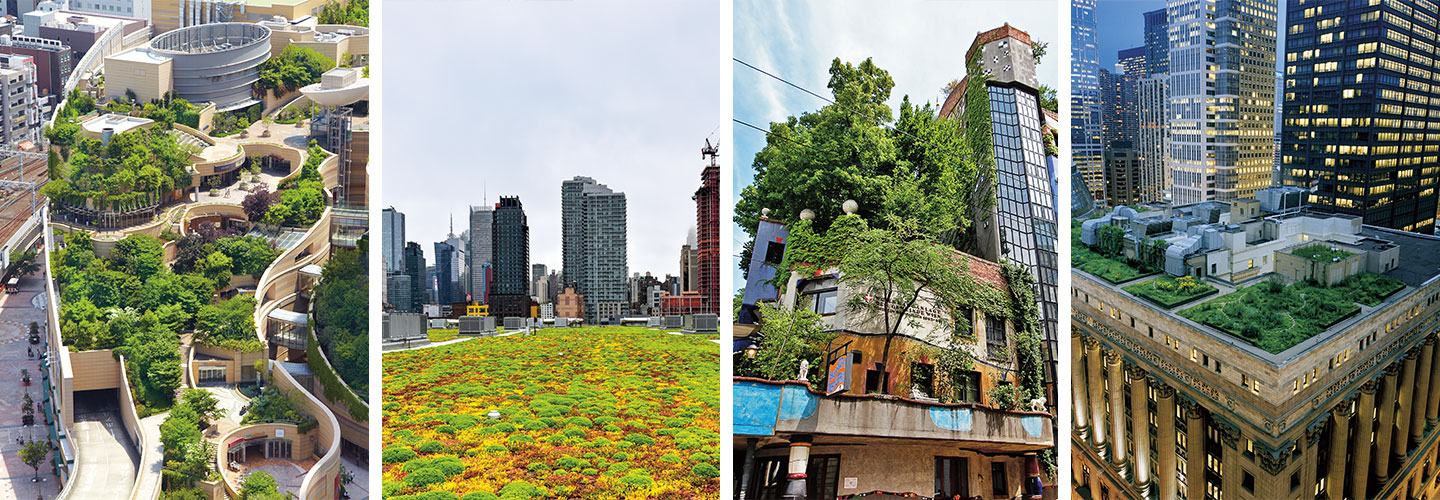New York City is a maze of buildings and paved streets. But on top of a giant building in Manhattan, you can find nature: a 7-acre garden that’s home to birds, bats, and bees. The rooftop garden—or green roof—is one of the largest in the U.S.
I recently visited the Javits Center’s rooftop garden and learned about how green roofs can help the environment. It’s no surprise that they’re sprouting all over the world.
New York City is a maze of skyscrapers and streets. But you can find nature on top of a giant building there. There’s a 7-acre garden on its rooftop. It’s home to birds, bats, and bees. The garden is called a green roof. It’s one of the largest in the U.S.
I recently visited the rooftop garden. It’s atop the Javits Center. I learned how green roofs can help the environment. It’s no surprise they’re sprouting all over the world.

